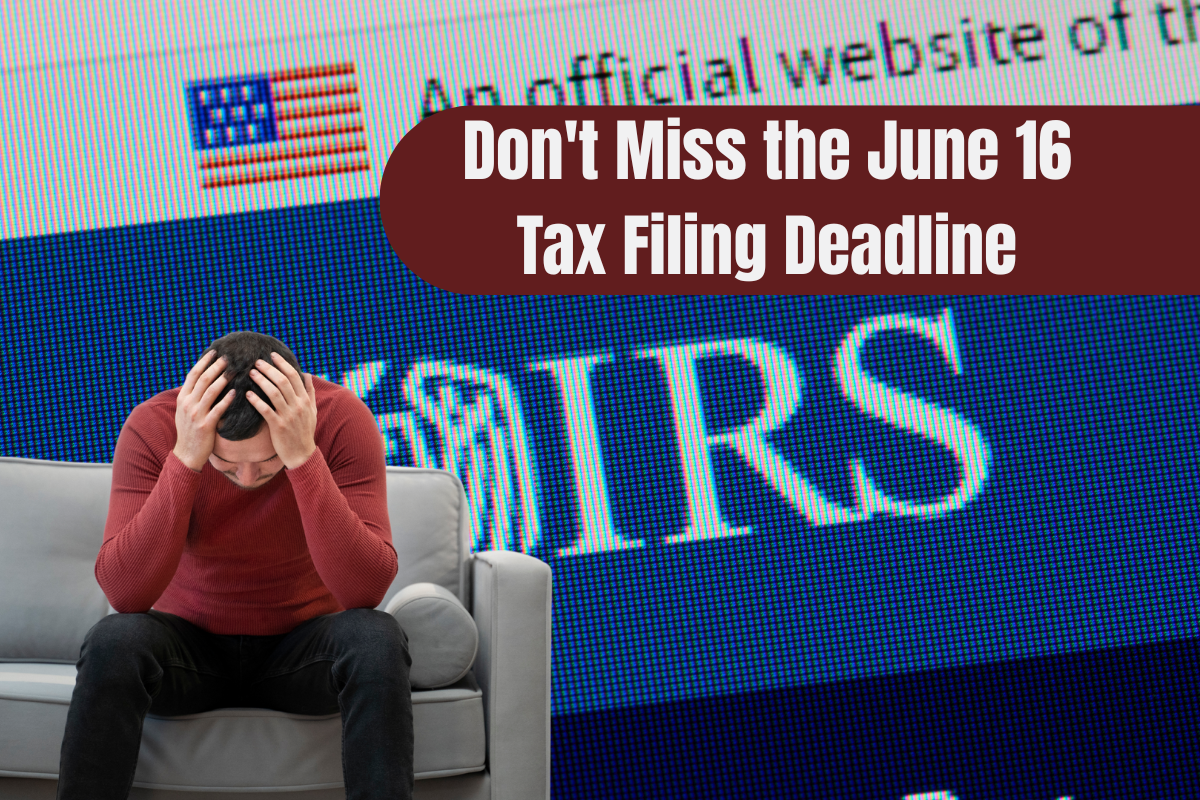Speculations are revolving around IRS about tax refunding in silent mode that may transform the way tax refunds have been delivered, this time, permanently, to a high percentage of Americans. According to the latest rumors and, of course, the fact that digital tools are being improved all the time, the company is expected to start conducting a feasibility study on Instant Refund for those with a purely deductible income — a feature that might be executed in e
If introduced, the move could cause a massive reduction in the waiting time for getting a refund, from weeks to minutes, starting with the target population that is fit for refundable credits such as the Earned Income Tax Credit.
The Probability of Instant Refunds Becoming a Reality
Even though there is no official statement affirming the above, one can still say that various factors are behind the potential of instant refunds:
- The IRS is making Direct File, a system located within its technological sphere, new, and has successfully launched it in 12 states only recently.
- Officials from the Treasury have expressed the possibility of a tax filing solution that happens in real time.
- The slow process of issuing refunds in the years 2024 and 2025 led the public to raise their voices in demand for an expedited way of receiving the refunds, through automation, particularly the group of people who earne
Overcoming both the public’s impetus for a more “tech-savvy” IRS and a newly established corpus of financial resources allocated to the latest tech upgrade of IRS makes it all possible – groundwork for instant refund processing is already being done.
Who Will Probably Be the First to Qualify for Instant Refunds?
It is likely that at the first stage, the following will be those who can get refunds more quickly:
- Low-income families filing simple returns
- Additional information
- Filers that opt for Direct File or use certified IRS partner software
- Individuals with consistent tax history and digital identity have been verified
These people are usually the ones to be hurt more if the refunds are late, and the relief can be more practical and political before the tax cycle of 2026.
How Could It Be Implemented?
As per FinTech experts, it would be the following proposed mechanism that the new system would operate:
- The taxpayers who are eligible file through an IRS-supported platform.
- A pre-screening system confirms the identity, the past filings, and the income levels that qualify.
- In 15-30 minutes after the filing, the eligible ones receive the refunds through one of the following digital ways:
- Direct deposit
- Government-based debit cards
- Digital wallets (such as PayPal, Venmo, or Cash App)
The primary distribution method would be the same time AI-enabled risk evaluation that will immediately detect differences of the federal tax system by 2026.
Can This System Replace Traditional Refunds?
As of today, no. The system is presumed to operate in parallel with conventional methods in 2026 and 2027. This system will be more focused on low-risk profiles, whereas high-income or complex filers will have to continue using the regular channels, and there can be no assurance for the future as yet.
Nevertheless, this initiative may impress upon the tax software companies of private origin to adjust their running times and avoid losing clients or risk being replaced by a quicker, government-based solution.
What This Could Mean for the Future of Filing
If successful, instant refund could:
- Eradicate the necessity for refund anticipation loans (RALs)
- Assist lower-income families in getting their money at the time they need it most
- Push tax preparation services to either lower their prices or become more innovative
- Greatly reduce the number of calls received at the IRS result of “Where’s My Refund?” queries
Even more crucial is that it may lead to the recovery of trust in the IRS — a system that has frequently earned bad reviews for being slow, old-fashioned and bureaucratic.
Though still on the horizon, the potential plan of the IRS to introduce instant tax refunds will be one of the most impacting changes in tax policy since e-filing was initiated. As the pressure to help the most affected by inflation and the delivery crisis continues to mount, the idea of a 10-minute refund could soon move from the drawing board to the market — and your pocket would then be the first to be affected.











